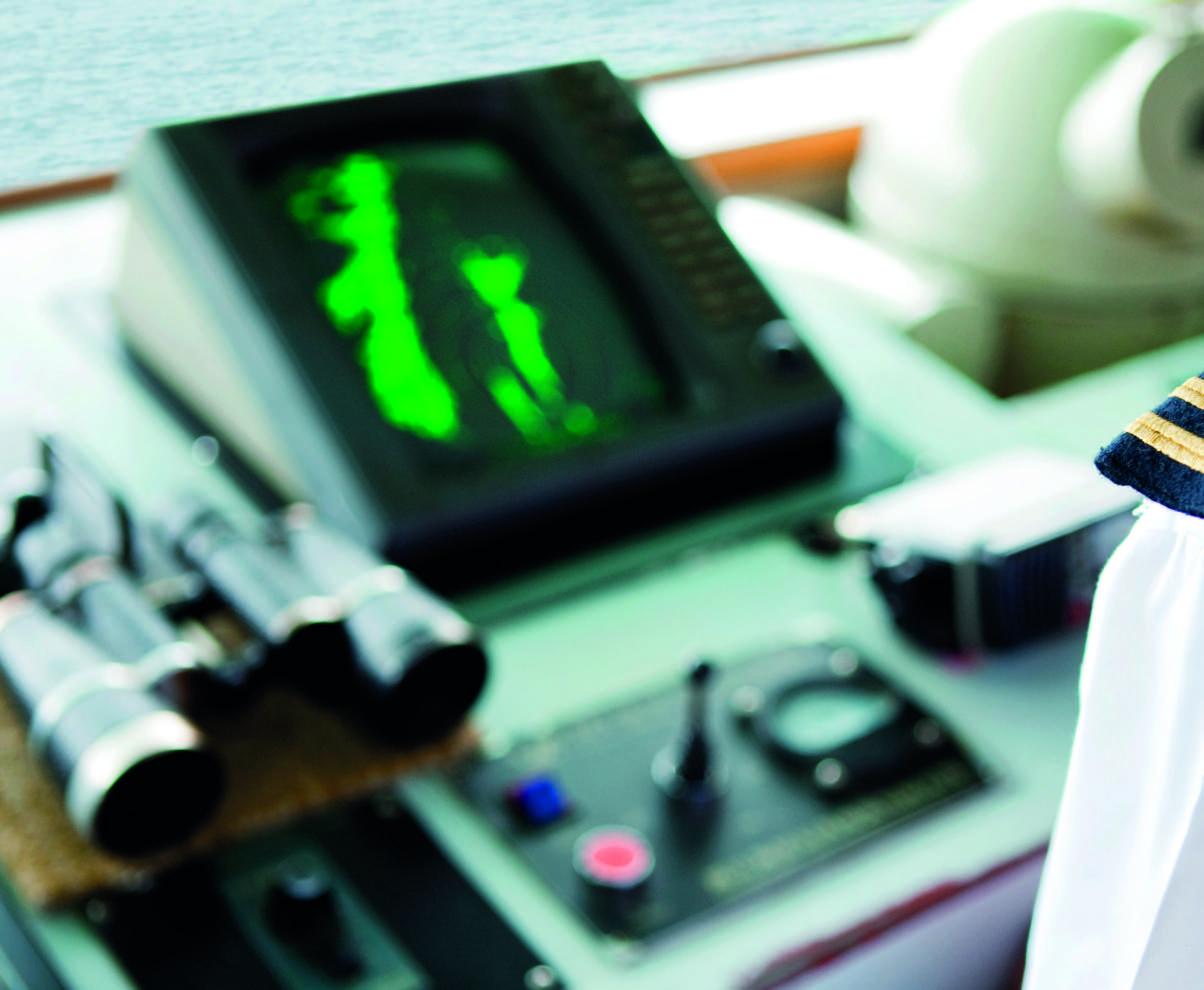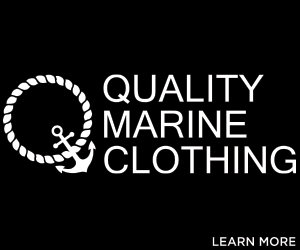Advertisement
THERE IS A DUTY ON ALL STATES to take all reasonable steps to repress piracy, and this requires warships of flag states to engage, seize and detain those committing acts of piracy.
Understandably, many nations don’t want the responsibility and expense of prosecuting and imprisoning pirates under their jurisdiction, and it is common practice to simply confiscate their weapons and let them go. Further, there is uncertainty as to what constitutes piracy in the 21st century.
According to the United Nations Convention on the Law of the Sea (UNCLOS), piracy is defined as any illegal act of violence, detention or depredation committed for private ends by the crew or the passengers of a private ship on high seas.
Advertisement
Therefore, an act can only be called piracy if it occurs outside any state jurisdiction in waters more than 12 nautical miles from the coast, otherwise, the act is referred to as armed robbery and subject to the coastal state’s national criminal laws, which is an issue when prosecuting pirates.
However, the UN Security Council has unanimously adopted Resolution 1918, calling on all countries to criminalise piracy within their national laws.
Piracy is already considered a criminal act under Australian law, punishable by life imprisonment and, like UNCLOS, Australian law frames piracy as a matter of the state and largely envisions a military solution.
While a variety of international efforts to reduce piracy seem to be working, it is unrealistic to expect such forces to provide direct and immediate support when your vessel is being boarded. You could be forgiven for choosing to take protection into your own hands.
Drones – understanding potential threats
I was recently privy to a discussion with a counter-drone expert, and what became apparent is the level of ignorance of government bureaucracies in respect to a drone’s potential. The drone threat in Australia is thought of as a question of privacy, where either an individual or the paparazzi purposely fly a drone to spy or take pictures of the vessel, the crew and its passengers.
In conflict zones, tactics from dropping a payload to smashing a drone packed with explosives into a vessel or other target are being used. They have also been used in domestic circumstances, such as with the attempted attack on the Venezuelan President.
Is the pen mightier than the sword?
At this stage, in safe waters such as Australia, an attack by a drone is an attack on privacy, and this is where the laws of many countries have not kept up with the speed of change. In legal terms, a breach of privacy is known as the Tort of Trespass. It can be pursued against individuals and companies in both criminal and civil courts. Land-based civil claims in Tort are well developed but, more importantly, ownership laws are well defined around the boundaries of Trespass. The difficulties in pursuing a culprit in a Trespass case when it comes to drones and boats are both legal and practical.
Practically, unless you are set up with surveillance technology and an ability to physically catch the culprit, your evidence will simply fly away. The legal difficulties in running a civil case include what is public and private space, and proving whether there was a breach. Even if these hurdles can be overcome, the type and amount of compensation awarded is still open for debate, as we are sailing in relatively uncharted waters with few test cases. Given the legal difficulties, costs and possible problems with payment of compensation, it’s fair to consider other options.
Alternative actions
There are alternatives to taking legal action that are far more proactive and could ultimately assist in providing the evidence required for a legal claim. The counter-drone expert described a range of options, such as an early warning tracking system, a jamming system, a gun that takes drones down and a drone capturing system.
There are some legal issues with their use in certain circumstances, again due to the law and government being slow to react with changing technology.
However, in international waters, these new systems could be successfully employed and become a real part of a vessel’s arsenal against the bigger fish, such as pirates wielding explosive-packed drones.
Modern pirates are technologically capable, highly organised and efficient. The question for international yachting enthusiasts sailing in pirate-infested waters is: to what lengths, legally or otherwise, should you go to protect yourselves? One option is employing security guards trained in both counter-drone capabilities and conventional weapons use, but this is also not without its problems.
Security guards
When a security firm is contracted to provide protection on ocean-bound voyages, questions can arise regarding the responsibilities of the captain for the safety of the passengers on board. Can these responsibilities be passed on to the travelling security guard?
Significant attention should be paid to the contract between the ship’s owner and the security provider. This will often contain extensive exclusion-of-liability clauses, seeking to protect the contractor from liability for loss or damage sustained by the ship. As a result, while the security firm is contracted to provide security services, the ship’s captain may ultimately remain legally responsible for safety. It is always prudent to include a clause that protects the captain from liability for patently illegal conduct on the part of the security contractor.
In the case of larger passenger vessels and cargo ships, the International Convention for the Safety of Life at Sea (SOLAS) recognises that the authority of the Master of any ship extends beyond any other person and that the Master will have the ultimate discretion regarding safety measures taken on board.
In the case of smaller private vessels, which are subject to less regulation, the situation is much less clear.
Carriage of arms
Among international sailors, the question of carrying firearms at sea is fiercely debated. Firearms can not only help you defend your vessel, they can also act as a powerful deterrent in the right circumstances.
UNCLOS does not regulate the carriage of arms for defensive purposes and there is no express legal prohibition on having firearms in international waters.
Despite this, virtually all international and Australian maritime guidelines strongly recommend against the practice of carrying any firearms at sea, largely due to the threat of violent escalation. There is also the risk of possible legal claims where an unforeseen firearm accident could occur.
Another difficulty with using firearms is that they may complicate your entry into territorial waters, as the vessel becomes subject to the laws and regulations of the coastal state.
Virtually all countries require you to declare onboard firearms, with customs often confiscating them for the duration of your stay. In not declaring arms to custom officials, you are automatically in possession of illegal firearms and may even be charged with import offences.
Another legal concern is the very hazy area of self-defence. While customary international law allows for the use of appropriate force when coming under attack, all action on board vessels is governed by the jurisdiction of the vessel’s flag state. However, in cases where a crime impacts on a specific coastal state, its criminal jurisdiction may be exercised and, unlike Australia, some states will not exonerate on the basis of self-defence.
Risk-ready
Yachts are particularly susceptible to attack, lacking the speed, manoeuvrability and other defensive capabilities of larger vessels. This makes them relatively easy targets for opportunistic pirate activities. Interestingly, according to current International Maritime Bureau (IMB) reports, the actual number of pirate attacks reported has decreased significantly. This does not mean yachting enthusiasts should feel invincible, however, as these figures rely on self-reporting and it has been suggested that the numbers are much higher, particularly in South East Asia and Somalia.
Ultimately, you should have a comprehensive plan that evaluates the specific needs of your vessel and the levels of threat in different scenarios, and thus what type of action is to be taken in a hostile situation. Whether a counter-drone protection system is employed, a security firm is employed, or whether the vessel carries firearms for protection at sea or, indeed, all of the above.
Tips to avoid threats include:
- provide crew with training in arms, security awareness and detection
- employ counter-drone technology
- consult a security specialist
- hire an independent security firm
- monitor radar and communications
- keep a lookout
- stay clear of high-risk areas
- travel in convoys.









